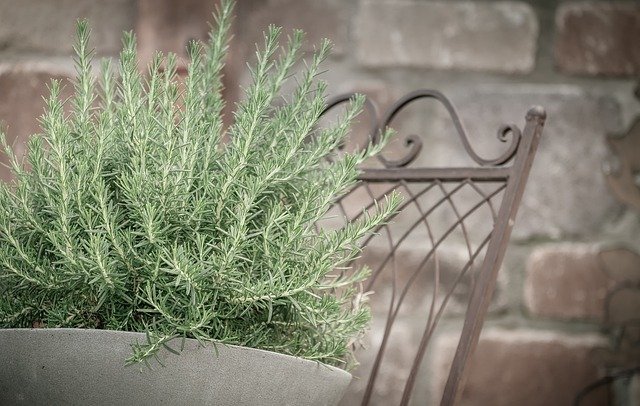The spread of bee populations can be problematic for homeowners, especially those with allergies or other sensitivities to bee stings. Bees can be difficult to get rid of, making it necessary to look for alternative solutions.
One way to reduce the number of bees in an area is to remove flower blossoms that attract them. Bee populations are also controlled by the use of pesticides, but these chemicals can be harmful to the environment and human health.
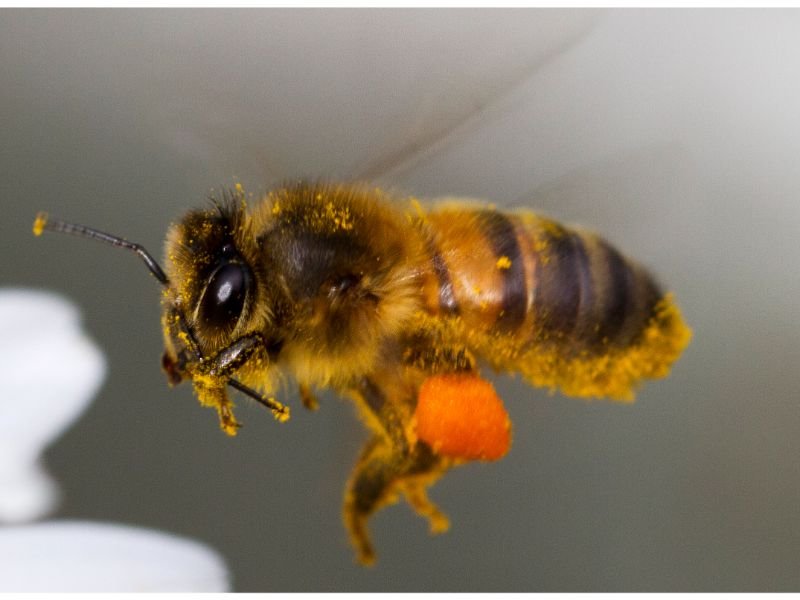
Some companies are developing “bee-friendly” pesticides that are less toxic, but more research is needed to determine their effectiveness.
Table of Contents
Repel Bees with Flowers
There are a number of flowers that have been found to be effective in repelling bees.
Flowers that repel bees with strong scents.
Lavender

Lavender is a common plant that is known for its soothing fragrance and beautiful flowers. However, what many people don’t know is that lavender can also help to repel bees. There are a few reasons for this.
First, the strong scent of lavender can be overwhelming for bees, and they will usually avoid areas where there is a lot of lavender present.
Additionally, the pollen on lavender flowers is not as attractive to bees as the pollen on other flowers. As a result, bees are less likely to visit lavender plants in search of food.
Finally, the nectar in lavender flowers is not as sweet as the nectar in other flowers, so bees are less likely to linger around lavender plants.
All of these factors make lavender an effective natural bee repellent.
Eucalyptus

Eucalyptus trees are native to Australia and are known for their ability to repel bees. In fact, these plants produce a natural insecticide called naphthalene that is toxic to bees. Naphthalene is released into the air when the leaves of eucalyptus trees are crushed, and it can kill bees that come into contact with it.
As a result, eucalyptus trees are often avoided by bees. However, some beekeepers have found that certain types of eucalyptus honey can actually be beneficial for bees. The nectar of these trees contains high levels of glucose, which can provide bees with a much-needed energy boost.
In addition, the nectar of eucalyptus honey has been found to contain antibiotic properties that can help to protect bees from infection. As a result, eucalyptus honey can be a valuable resource for beekeepers.
Marigold
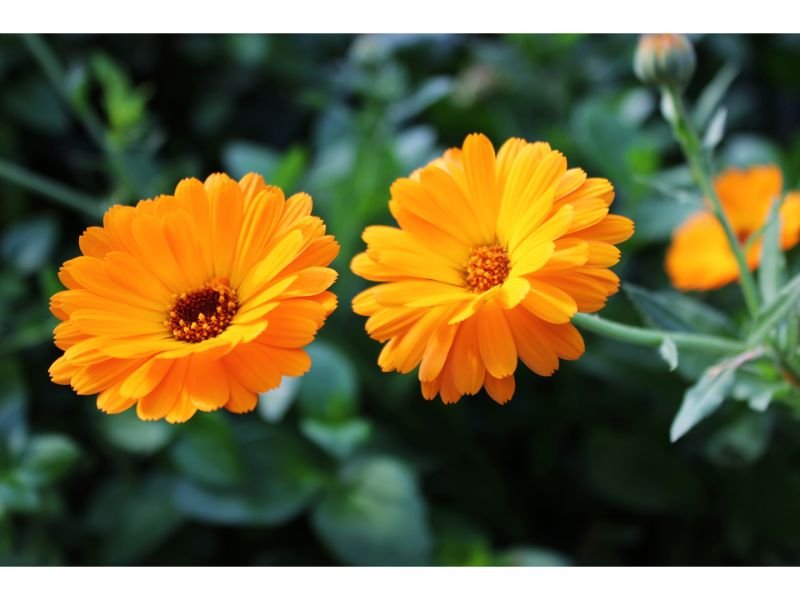
Marigolds are a common addition to many gardens, both for their bright flowers and their ability to repel pests. While they are most known for keeping away rabbits and deer, marigolds can also be effective at deterring bees. The strong scent of the flowers confuses bees, preventing them from being able to find nectar.
In addition, the petals of marigolds are tough and not easily accessible to bees. As a result, planting marigolds near other flowers can help to keep bees away while still providing a splash of color to the garden.
Mint

Mint is a popular herb that has many uses, both in the kitchen and in the garden. In addition to its delicious flavor, mint is also known for its ability to repel bees.
This handy herb produces a strong aroma that masks the scent of flowers, making it difficult for bees to find their way to the nectar.
As a result, mint can be a great way to keep bees away from your garden or patio. Mint plants are easy to care for and can be grown in both full sun and partial shade. If you’re looking for a bee-friendly herb for your garden, mint is a great choice.
Double-flowered plants are hated by bees.
Flowers that have been highly bred for their appearance often lack the essential ingredients that attract bees. This is because bees are looking for two things: pollen and nectar.
Pollen is a source of protein for bees, and nectar is a source of sugar. Double-flowered or otherwise highly modified flowers often have very little pollen or nectar. As a result, they are much less attractive to bees. Some of those flowers are:
Tulips

Tulips are a type of double-flowered plant that blooms in the spring. They are native to Eurasia and North Africa and have been cultivated for centuries. Tulips are known for their showy flowers, which come in a wide range of colors.
However, tulips contain very little nectar and are therefore unattractive to bees. In fact, planting tulips can be an effective way to keep bees away from other flowers in the garden. While bees are essential pollinators, they can sometimes damage delicate blossoms.
By planting tulips around the perimeter of the garden, you can create a barrier that will keep bees out without harming them.
Daffodils
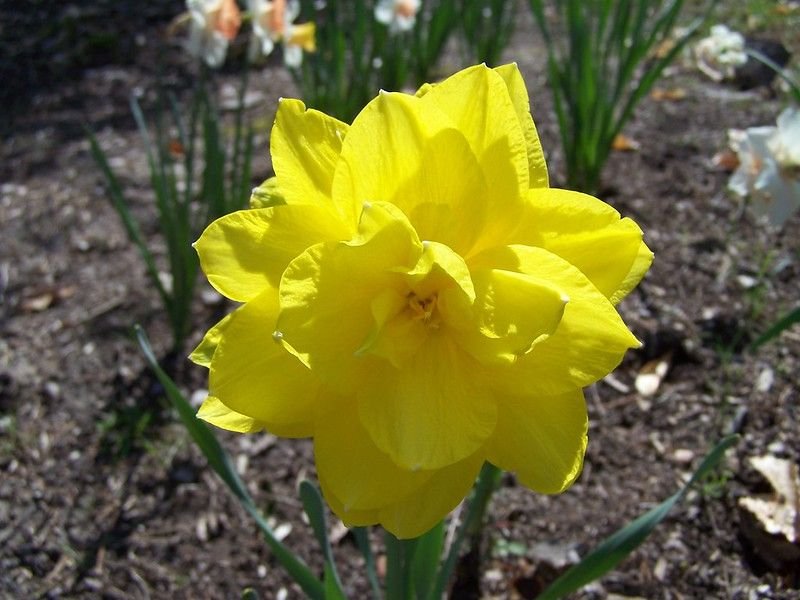
Daffodils are a type of double-flowered plant that produces less nectar than other flowers. As a result, they are generally unattractive to bees. However, this characteristic also makes them effective at keeping bees away.
While bees may be attracted to the color and scent of daffodils, they quickly realize that there is no nectar to be found.
As a result, they typically move on to another flower. In addition to being bee-resistant, daffodils are also long-lasting and easy to care for. They make an ideal choice for gardeners who want to enjoy beautiful flowers without having to worry about bees.
Petunias
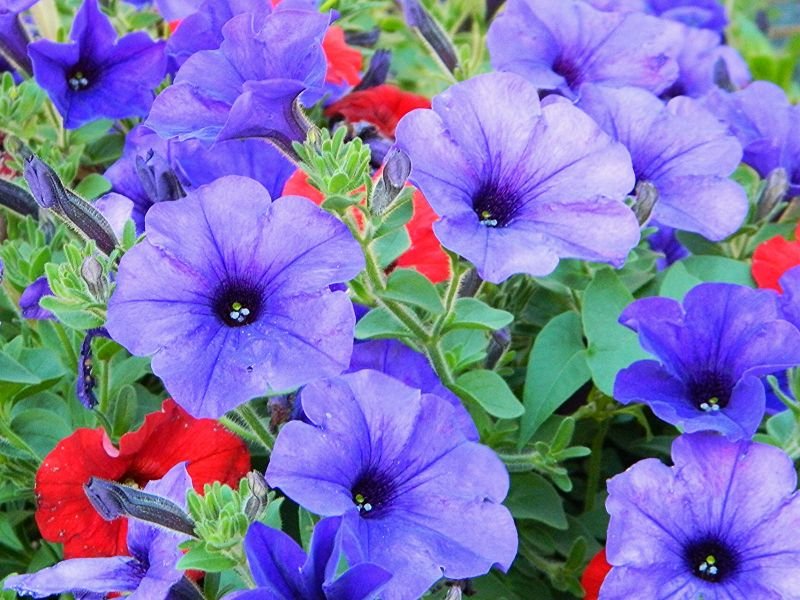
Petunias are a type of double-flowered plant that is often used in gardens and landscapes. While they are beautiful to look at, they are not very attractive to bees. In fact, petunias contain less nectar than most other flowers, making them an effective way to keep bees away.
If you are looking for a plant that will deter bees, petunias may be a good option. However, it is important to note that they will not keep all bees away. Some bees, such as carpenter bees, are attracted to the woody parts of the plant. So if you have a problem with carpenter bees, petunias may not be the best solution.
Although there is some scientific evidence to support the use of these plants as bee repellents, it is important to note that results may vary depending on the plant species and the particular bee species involved.
Planting Tips
If you’re looking for a natural way to keep bees away from your home or garden, consider planting some flowers. Certain flowers release chemicals that are known to repel bees, making them an effective and eco-friendly way to deter these pests.
Best of all, there are a variety of bee-repelling flowers to choose from, so you can find one that’s perfect for your location and soil type. To get started, here are a few tips on how to effectively use flowers to repel bees:
– Select the right plants: Not all flowers are equally effective at repelling bees. When choosing plants for your bee-repellent garden, be sure to select varieties that are known to be effective at deterring these pests. Some good options include marigolds, lavender, and geraniums.
– Plant in full sun: Most bee-repelling flowers require full sun in order to thrive. Be sure to select a spot in your yard that gets plenty of direct sunlight each day.
– Water regularly: These plants will need regular watering in order to stay healthy and produce the chemicals that repel bees. Plan on watering your bee-repellent garden at least once per week.
– Fertilize regularly: In order for your plants to produce enough of the bee-repellent chemicals, they’ll need to be well-fertilized. Use a high-quality fertilizer according to the manufacturer’s instructions.
Other Natural Solutions for Keeping Bees Away
There are a number of other natural methods that can be used to keep bees away from homes and gardens.

One effective method is to use essential oils. Bees are highly sensitive to smell, and certain scents can help to repel them. Common essential oils that can be used for this purpose include eucalyptus, lavender, and lemon balm.
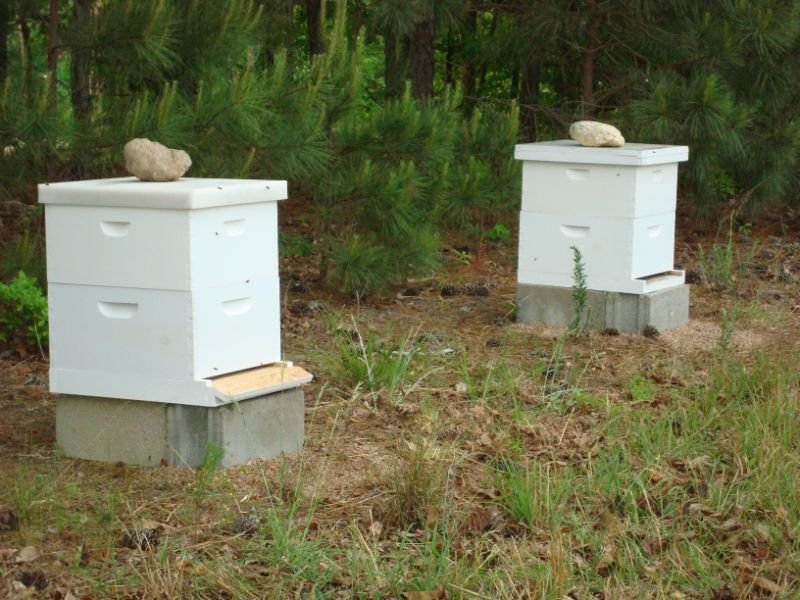
Another option is to set up bee houses in strategic locations around the property. By providing bees with an alternative place to build their nests, bee houses can help to reduce the attraction of bee colonies to areas where they are not wanted.
In conclusion, it is clear that bees are essential to our ecosystem and our food supply. However, they can also be a nuisance when they swarm around our homes.
There are a number of safe and effective ways to keep bees away from our homes, such as using bee-repellent plants or installing screens or bee boxes. We should avoid using potentially harmful chemicals or pesticides, as these may be bad for our health and the environment. By working together, we can find ways to protect both ourselves and these important pollinators.

Gardening is my passion and growing plants indoors has always been a stress relief for me. Grow a banana tree in my apartment once (although failed to produce bananas).





